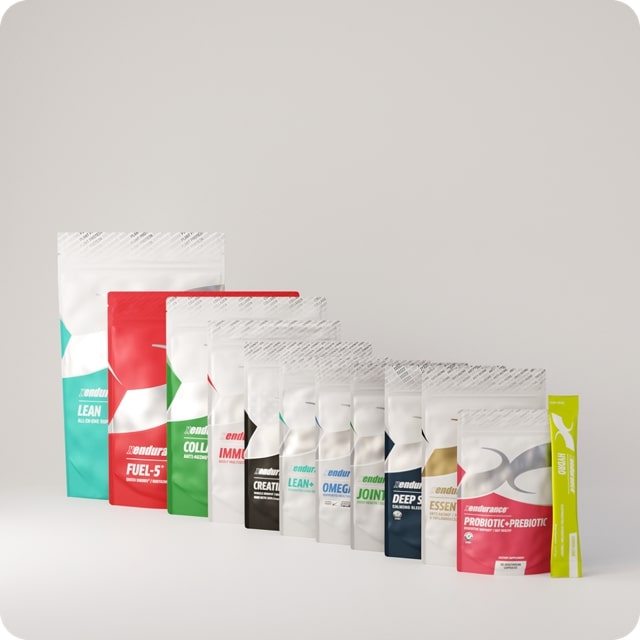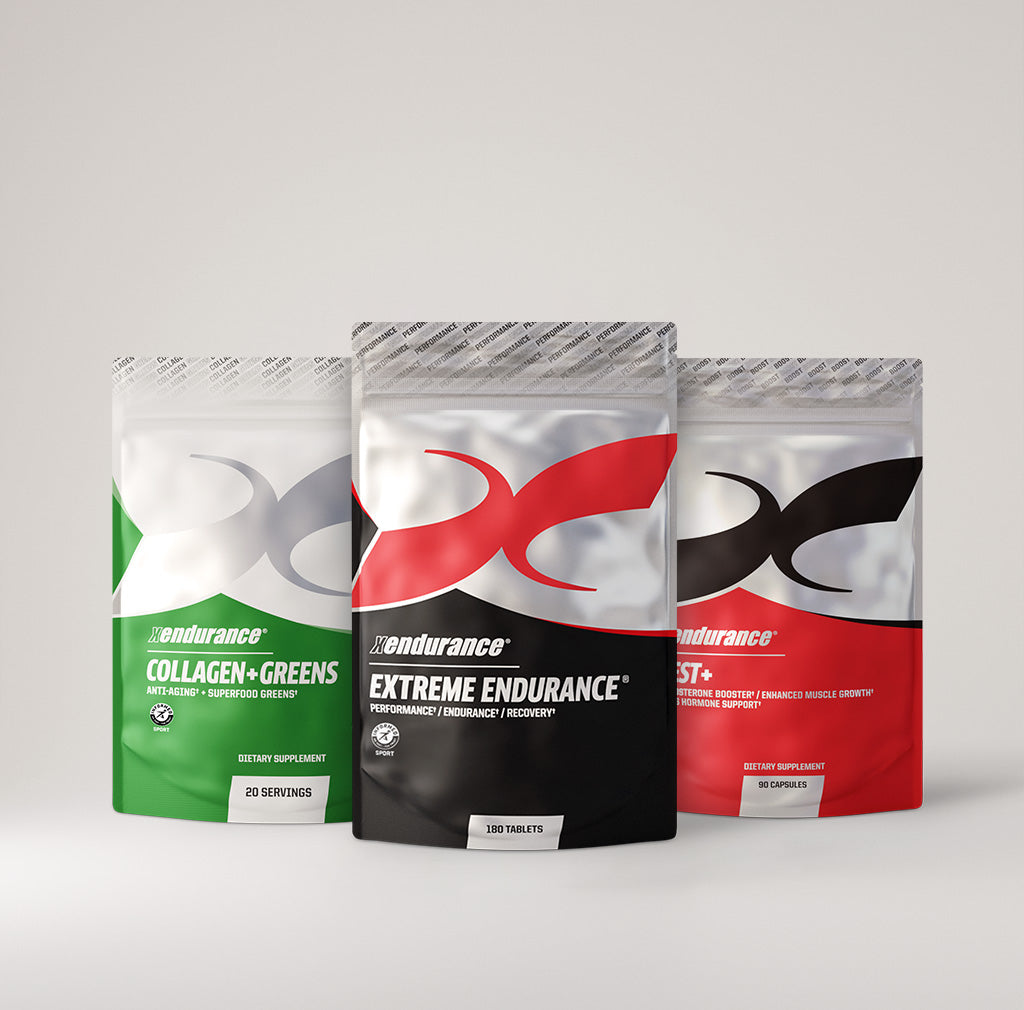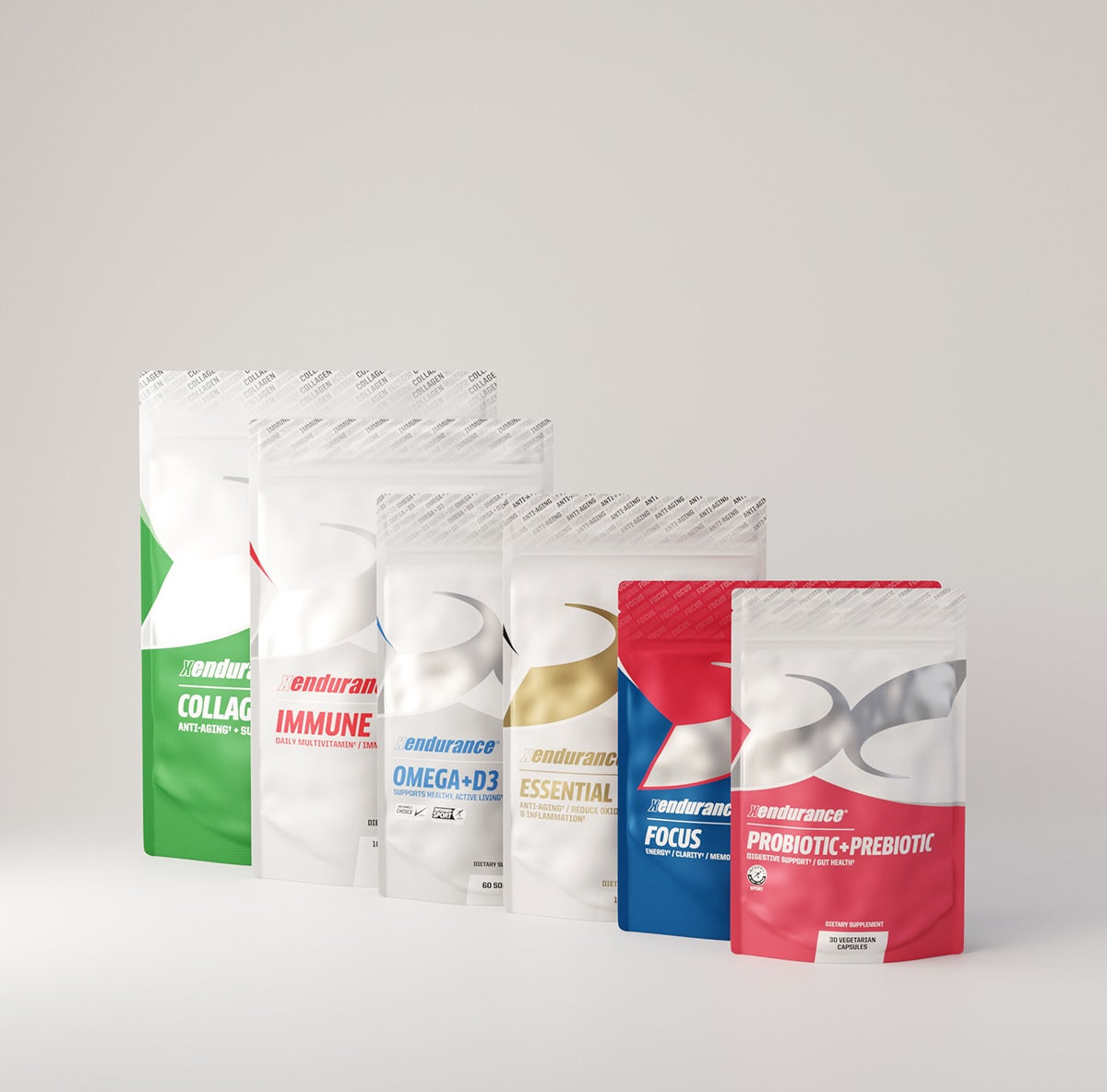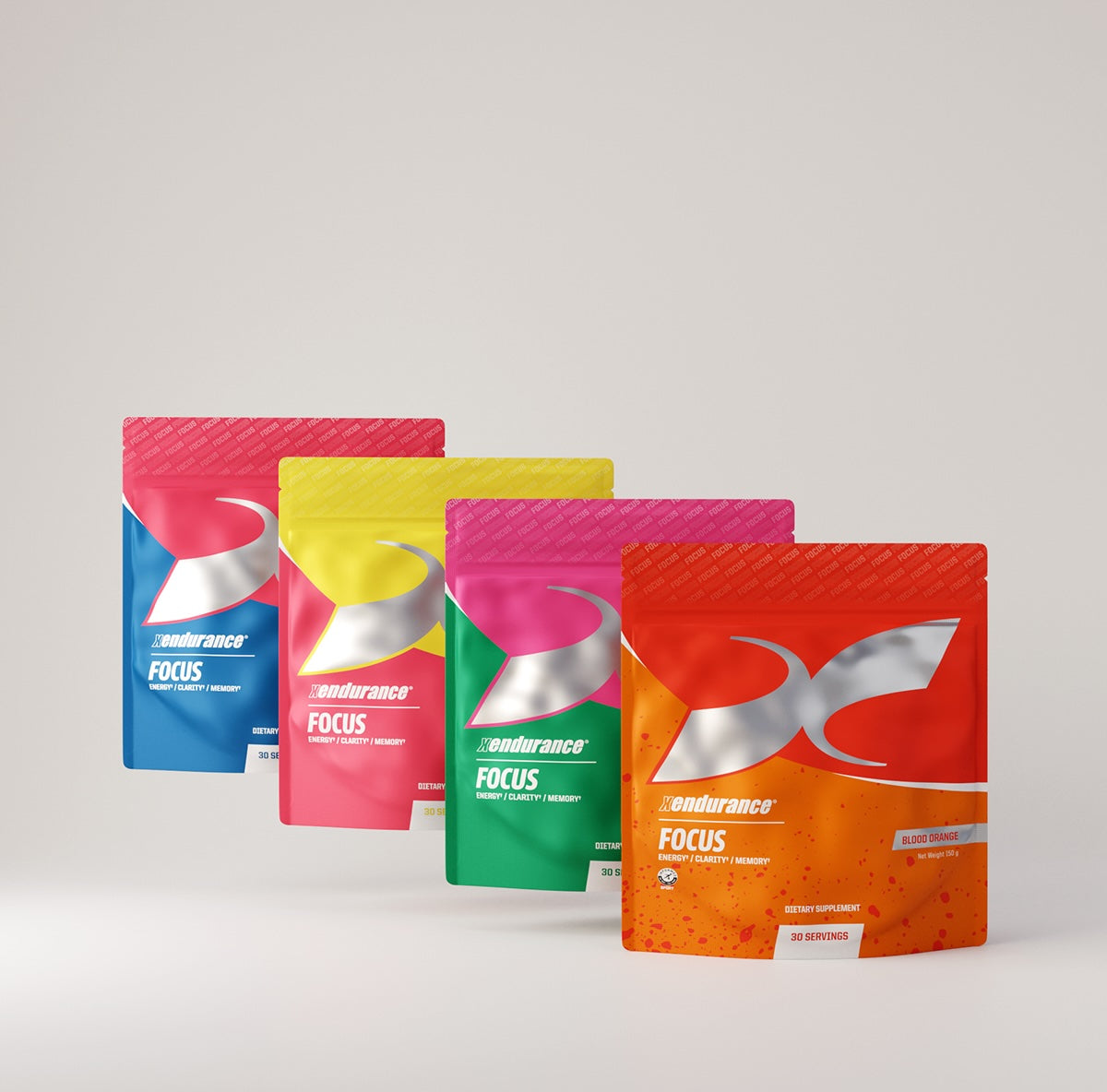Zinc is a vital mineral that often doesn’t get the attention it deserves in discussions about dietary supplements and nutritional wellness. This essential nutrient plays crucial roles in numerous biological functions, including immune response, DNA synthesis, and cellular metabolism. Despite its importance, zinc deficiency is not uncommon in the United States, raising concerns about whether people are receiving adequate amounts from their diet or if supplementation is necessary. This article will explore the prevalence of zinc in multivitamins, the impact of zinc deficiency, recommended dietary intakes, sources of zinc, and the differences in absorption between chelated and non-chelated forms of zinc. Adding a zinc multivitamin to your daily routine can help mitigate these concerns.
7 Reasons Why You Need Zinc
Zinc is a vital mineral that supports numerous bodily functions. Here are just seven key benefits of zinc:
- Immune Function: Enhances immune cell function and reduces the risk of infections. Many multivitamins with zinc include this benefit.
- Wound Healing: Plays a crucial role in skin integrity and is essential for proper wound healing.
- Protein Synthesis: Important for protein production and the creation of DNA.
- Growth and Development: Vital for normal growth and development in children and adolescents.
- Antioxidant Properties: Acts as an antioxidant, helping fight oxidative stress and decrease inflammation.
- Taste and Smell: Critical for maintaining a sense of taste and smell.
- Reproductive Health: Essential for male and female reproductive health and hormone production.
Understanding Zinc Deficiency in the U.S.
Zinc deficiency in the U.S. is more widespread than many might think. It particularly affects certain groups such as vegetarians, pregnant and lactating women, and older adults. The symptoms of zinc deficiency can be subtle and vary widely, including hair loss, impaired immune function, skin lesions, and slow wound healing. Chronic zinc deficiency can lead to more serious health issues such as impaired growth in children, delayed sexual maturation, and neurosensory changes.
The prevalence of zinc deficiency is partly due to dietary habits and the bioavailability of zinc in the food supply. Foods high in phytates, found in many legumes and whole grains, can inhibit zinc absorption. This is particularly concerning for those on plant-based diets unless carefully managed.
Zinc Deficiency Across the Globe
Zinc deficiency is a significant global health issue, affecting populations across various countries, particularly in regions with high poverty and malnutrition rates. It's estimated that around 17% of the world's population is at risk of zinc deficiency, although the prevalence can be much higher in specific regions, particularly in Sub-Saharan Africa, South Asia, and parts of the Middle East.
Factors Contributing to Global Zinc Deficiency
- Dietary Patterns: The primary cause of zinc deficiency worldwide is a diet insufficient in zinc-rich foods. Diets high in unrefined grains and legumes contain phytates that bind zinc and inhibit its absorption. In many developing countries, the diet is predominantly plant-based and lacks adequate meat, seafood, and dairy products, the best bioavailable zinc sources.
- Agricultural Practices: In some regions, the soil is low in zinc, leading to crops that are also deficient in this nutrient. This soil-based deficiency impacts the zinc content in staple crops, further contributing to dietary zinc deficiency.
- Socioeconomic Factors: Poverty restricts access to diverse and nutrient-rich foods, exacerbating the risk of zinc and other micronutrient deficiencies. Limited education and awareness about nutritional needs also contribute to inadequate dietary patterns.
Impact of Zinc Deficiency
Zinc is essential for immune function, cell growth, and wound healing, among other physiological functions. Deficiency can lead to a variety of health issues, including:
- Growth retardation in children
- Impaired immune response, which increases susceptibility to infections
- Skin disorders
- Delayed wound healing
- Neurological functions, potentially impacting learning and memory
Addressing zinc deficiency globally involves improving dietary diversity, fortifying foods with essential nutrients, and enhancing soil and crop management to increase the zinc content of staple foods. Public health initiatives often include supplementation programs in regions where zinc deficiency is prevalent, especially targeting vulnerable groups like children and pregnant women. These efforts are crucial to reducing the impact of zinc deficiency on global health and development.
Recommended Daily Intake of Zinc
The Recommended US Dietary Allowance (RDA) for zinc varies by age, gender, and life stage. For adult men, it's about 11 mg per day, while adult women need about 8 mg per day. These requirements increase for pregnant and lactating women to 11 and 12 mg per day, respectively. It's important to note that while these figures are a guideline, individual needs can vary based on health status, absorption efficiency, and dietary makeup.
Taking 15 mg of zinc daily can be beneficial for specific groups like adult men, vegetarians, vegans, pregnant and lactating women, elderly adults, and those with certain health conditions such as diarrhea or diabetes. This dosage may help compensate for dietary restrictions, absorption issues, and increased bodily demands. Monitoring overall zinc intake from all sources is crucial to maintaining balance and supporting health without risking toxicity.
Dietary Sources vs. Supplements
Zinc is predominantly found in animal products such as beef, pork, lamb, and seafood like oysters and crab. Plant-based sources include legumes, whole grains, nuts, and seeds, though the zinc in these foods is less bioavailable due to the presence of phytates which bind zinc and inhibit its absorption.
Given the challenges with dietary sources, particularly for certain groups, the question arises: should one supplement zinc? While it’s best to get nutrients from food to benefit from a complex of nutrients that work synergistically, supplementation might be necessary for those at risk of deficiency or who have higher needs that are hard to meet through diet alone.
To help with your daily zinc needs through diet, consider incorporating these five foods, which are good sources of zinc. The amounts listed provide approximately 2-3 mg of zinc, which can contribute to the daily recommended intake for adults:
- Oysters: About 1 medium oyster (weighing around 50 grams) contains approximately 5.3 mg of zinc, making it one of the richest dietary sources of zinc.
- Beef Chuck Roast: Roughly 1 ounce (28 grams) of cooked beef chuck roast provides about 2.9 mg of zinc. Beef is a great source for those who prefer meat-based protein.
- Toasted Wheat Germ: Around 2 tablespoons (20 grams) of toasted wheat germ offers about 2.8 mg of zinc. This can be a great addition to smoothies, yogurt, or salads.
- Pumpkin Seeds: Consuming about 1 ounce (28 grams) of roasted pumpkin seeds can provide around 2.2 mg of zinc. They make an excellent snack or can be sprinkled on top of salads and soups.
- Lentils: Approximately half a cup (about 100 grams) of cooked lentils contains around 1.3 mg of zinc. Lentils are a versatile and affordable legume that can be included in a variety of dishes from soups to salads.
These foods not only help with your zinc requirements but also provide a host of other nutrients, contributing to a well-rounded diet. It's best to incorporate a variety of these foods to ensure a balanced intake of minerals and vitamins.
Multivitamins and Zinc Content
Many multivitamins include zinc, though the form and amount can vary widely between brands and formulations. When choosing a multivitamin, it's important to check the label to ensure it contains adequate zinc to help meet your dietary needs, especially if you belong to a higher-risk group for deficiency.
Chelated Zinc: Is It More Absorbable?
Chelated zinc refers to zinc that is bound to another molecule (typically an amino acid) to improve its absorption in the body. Non-chelated zinc includes forms like zinc oxide or zinc sulfate, which are less expensive but also potentially less bioavailable.
Research suggests that chelated zinc is indeed more absorbable than non-chelated forms. This increased bioavailability can be particularly beneficial for those with digestive issues or older adults who naturally have reduced absorption efficiency. However, chelated forms are typically more expensive, and choosing chelated over non-chelated zinc should be based on individual health needs, dietary intake, and budget.

Final Thoughts: Why Zinc Matters More Than You Think
Zinc is a critical nutrient that supports numerous vital functions in the body. With varying levels of zinc deficiency observed in the U.S. population, it is important to ensure adequate intake either through diet or supplementation. For those using supplements, choosing a product that includes an appropriate form and amount of zinc is crucial, and chelated zinc can be a preferable option for better absorption.
In conclusion, whether you’re considering the zinc content in your multivitamin or contemplating starting supplementation, it’s important to be informed about your own nutritional needs and the options available to help you meet them effectively.









Leave a comment
This site is protected by hCaptcha and the hCaptcha Privacy Policy and Terms of Service apply.